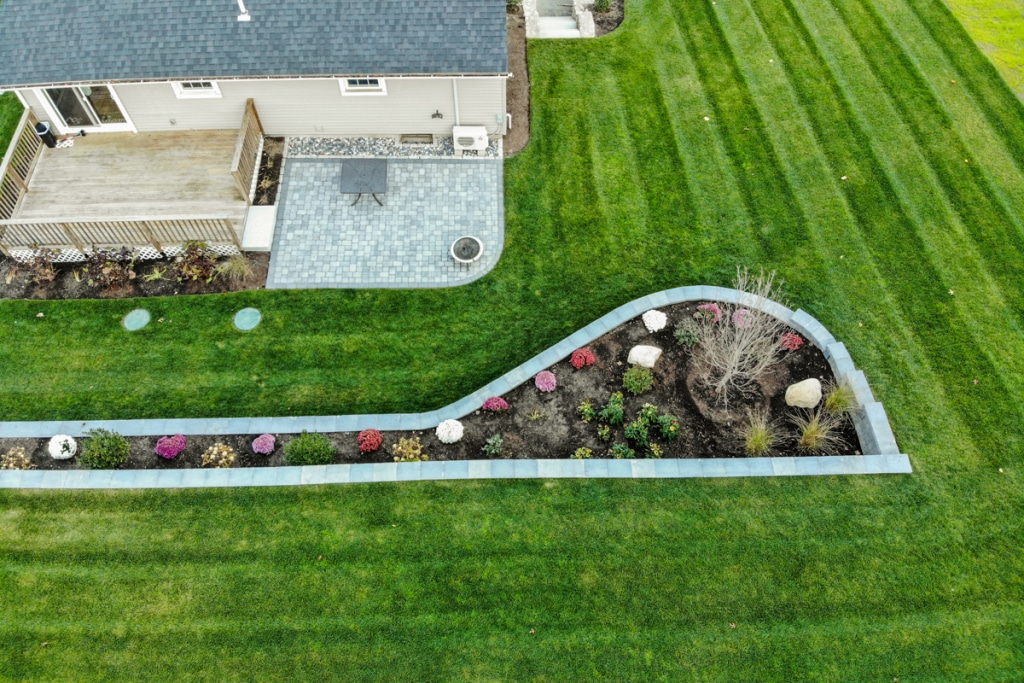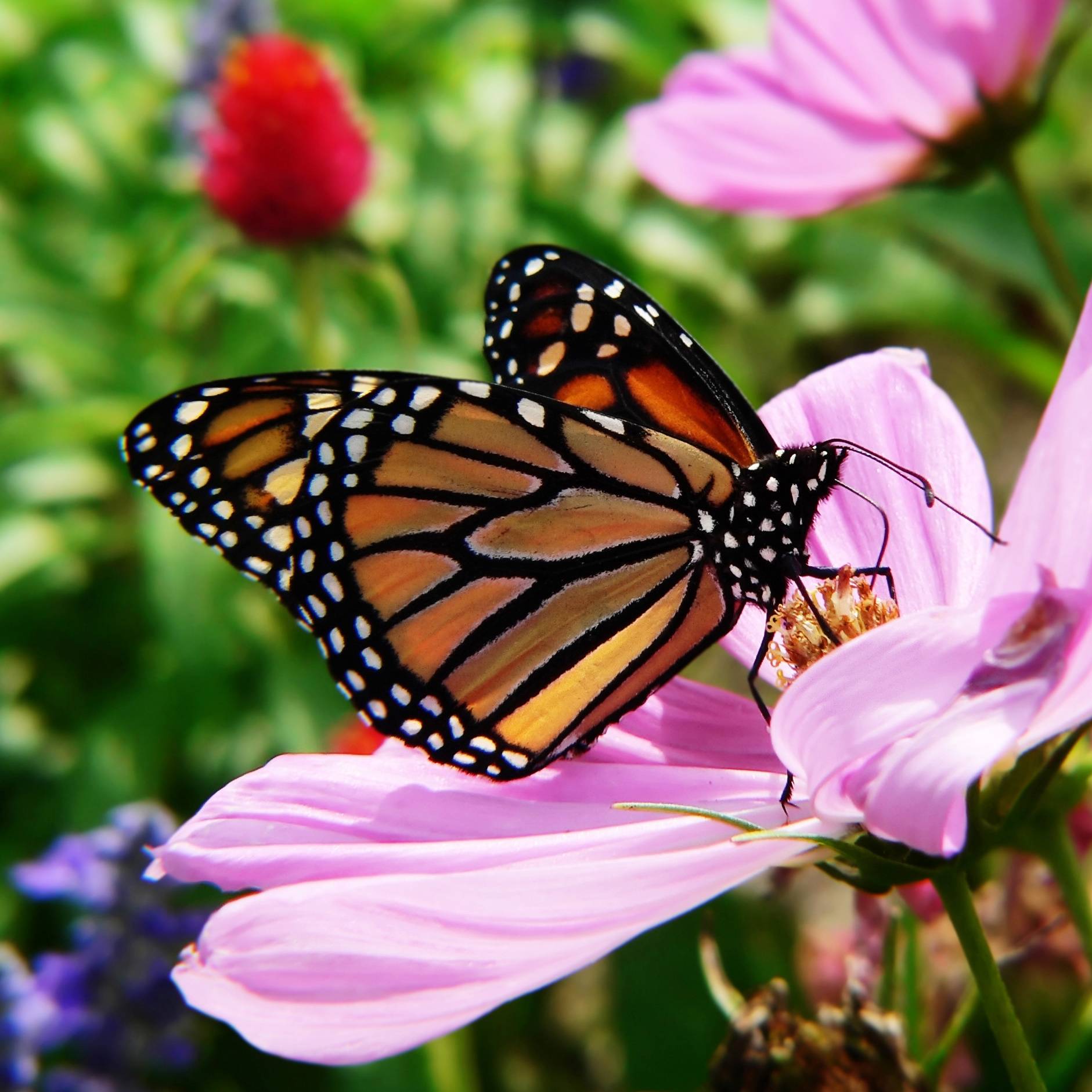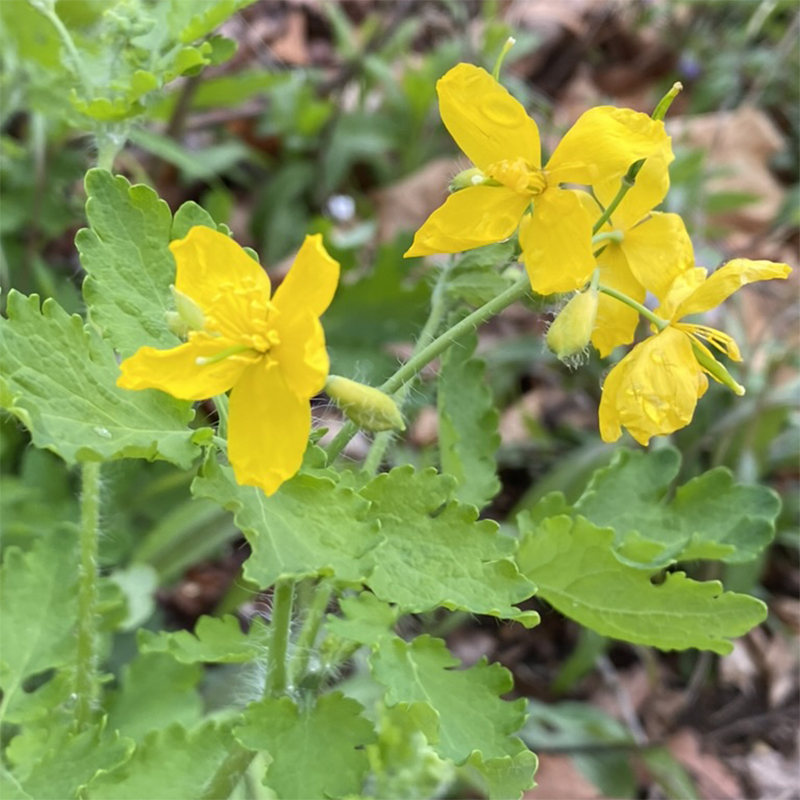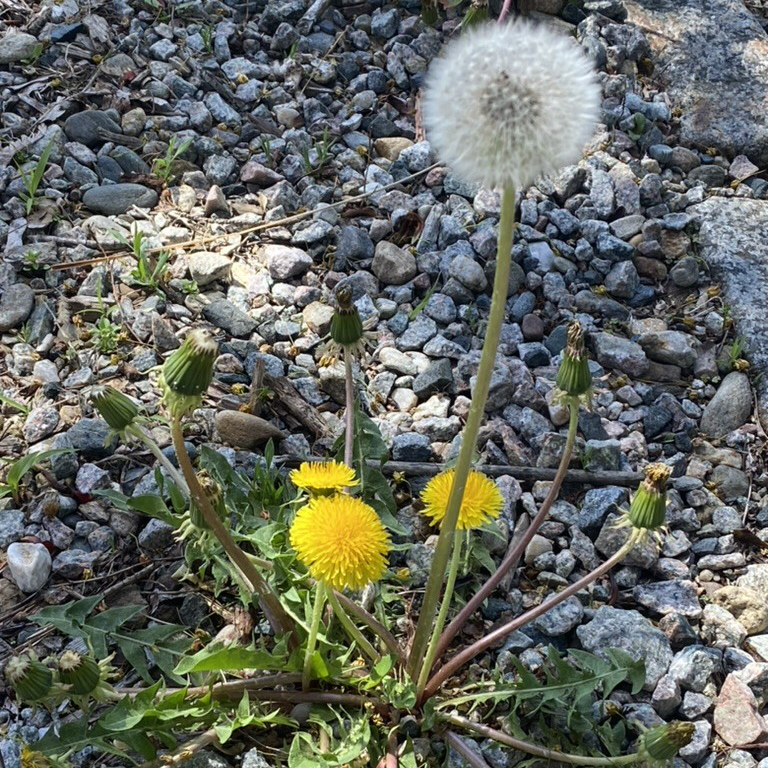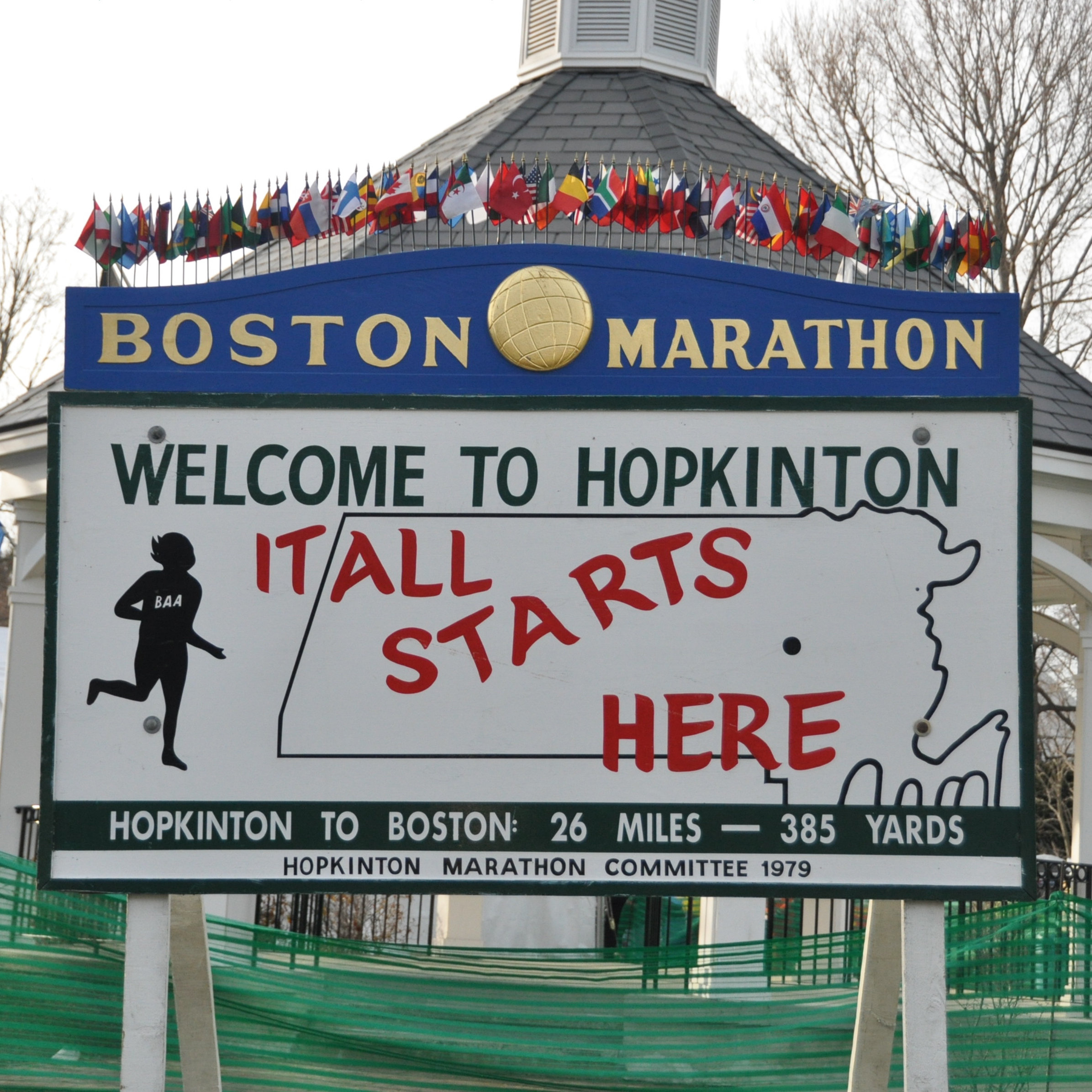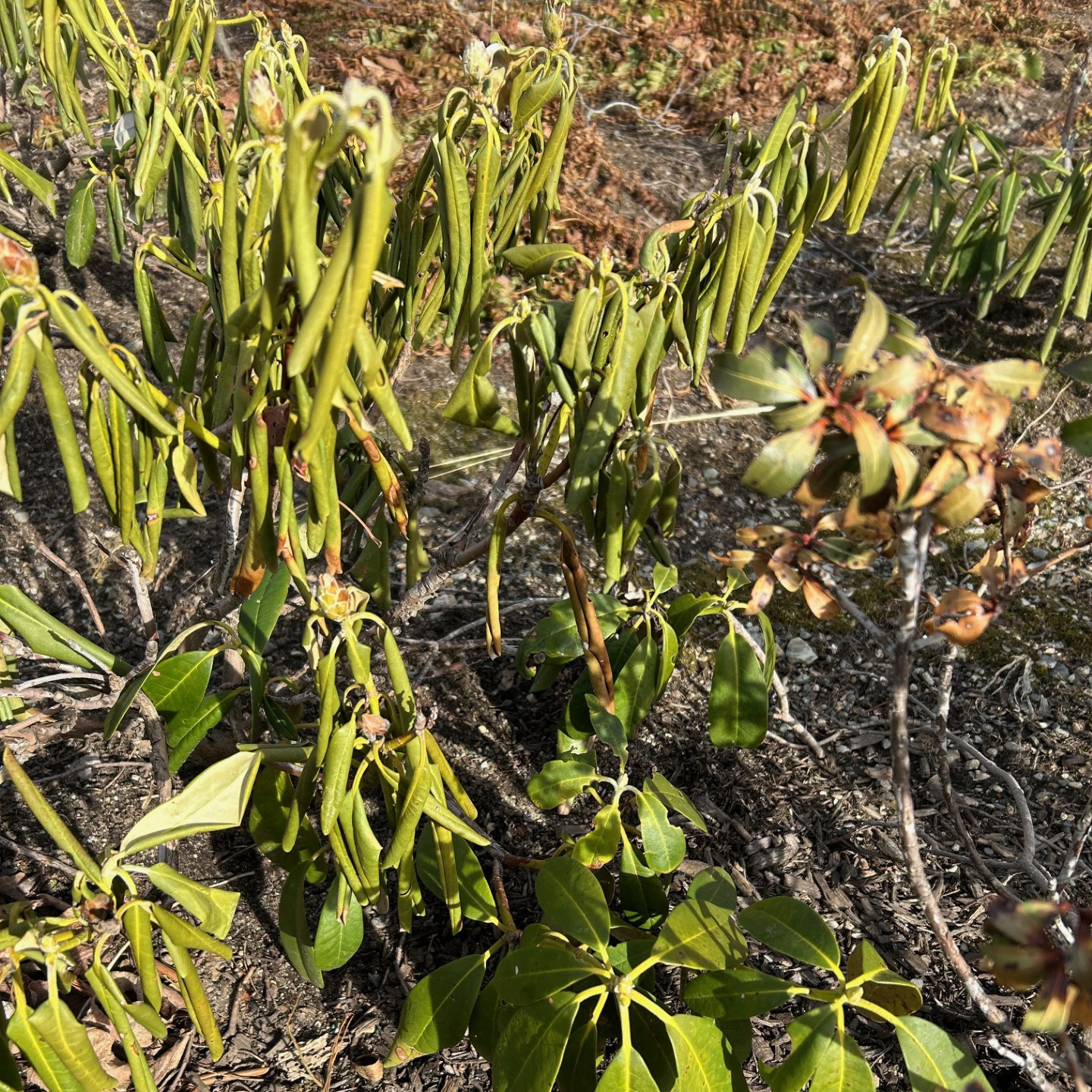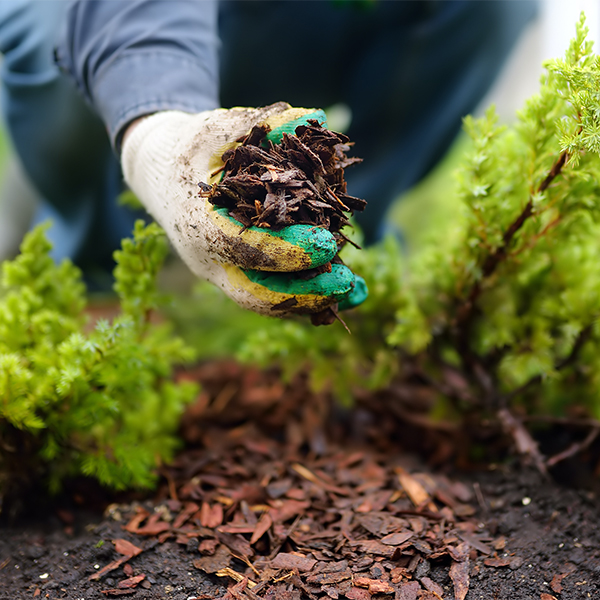
1. LAYOUT – We love squares and grids! With this method, you will arrange your garden in squares, not rows.
2. BOXES – Square foot gardens are built in 4’x4’ raised beds, and they only need to be 6” deep.
3. AISLES – Space boxes 3’ apart to form walking aisles, so you have plenty of room to work, and your plants have plenty of room to grow.
4. SOIL – The existing soil in your yard doesn’t matter! Square Foot Gardens use a special mix of peat, compost, and vermiculite to create the ideal growing soil.
5. GRID – Make a square foot grid for the top of each box to organize your garden for planting.
6. CARE – Square Foot Gardens are so easy to care for! The special soil stays loose and fluffy. The few weeds that are able to take hold are easy to pull out. And because of the size, it’s easy to protect from weather and garden pests.
7. SELECT – Mix it up! Plant a different flower, vegetable, or herb crop in each square foot. Crop rotation happens naturally and you can create beautiful and tasty combinations using flowers, herbs, and vegetables.
8. PLANT – Conserve seeds and plant only what you will use during each season. Or buy starter herbs and veggies and plant them however you like.
9. WATER – Water by hand from a bucket of sun-warmed water , or set up a drip system for your thirsty plants.
10. HARVEST – You can get multiple harvests out of a single season. When you finish harvesting one square, just add a little compost to replenish nutrients and replant with a new and different crop.

